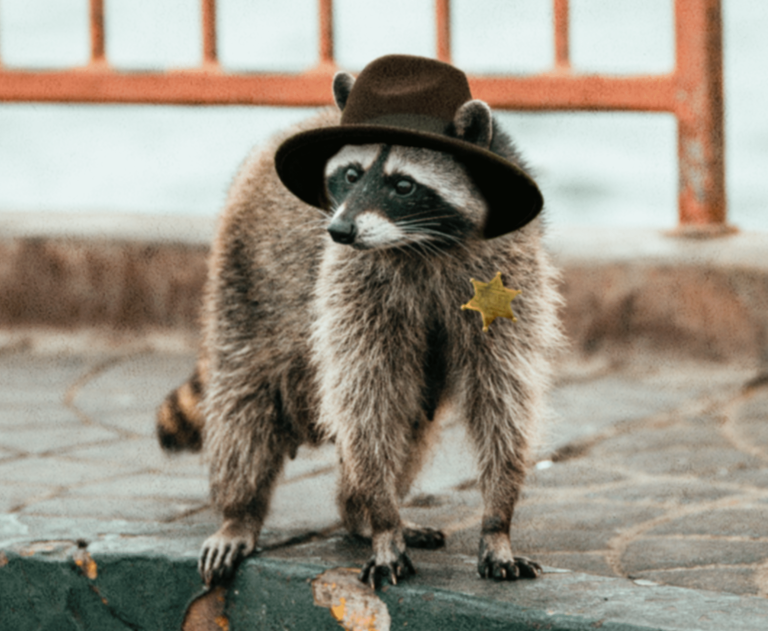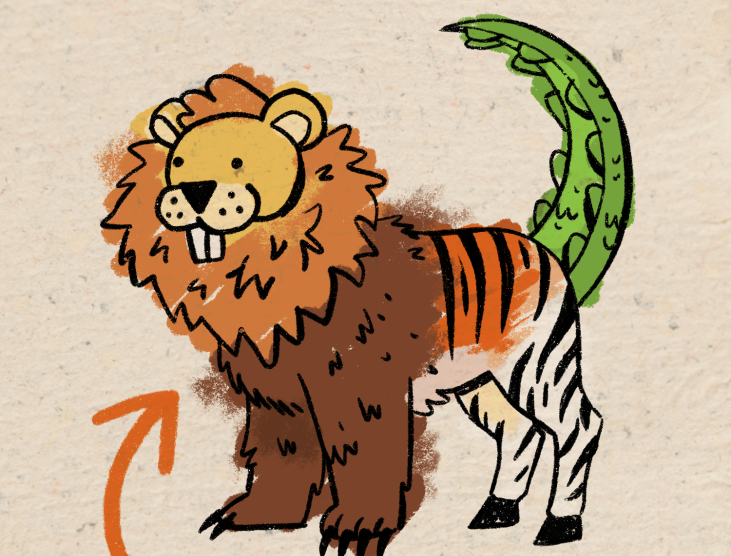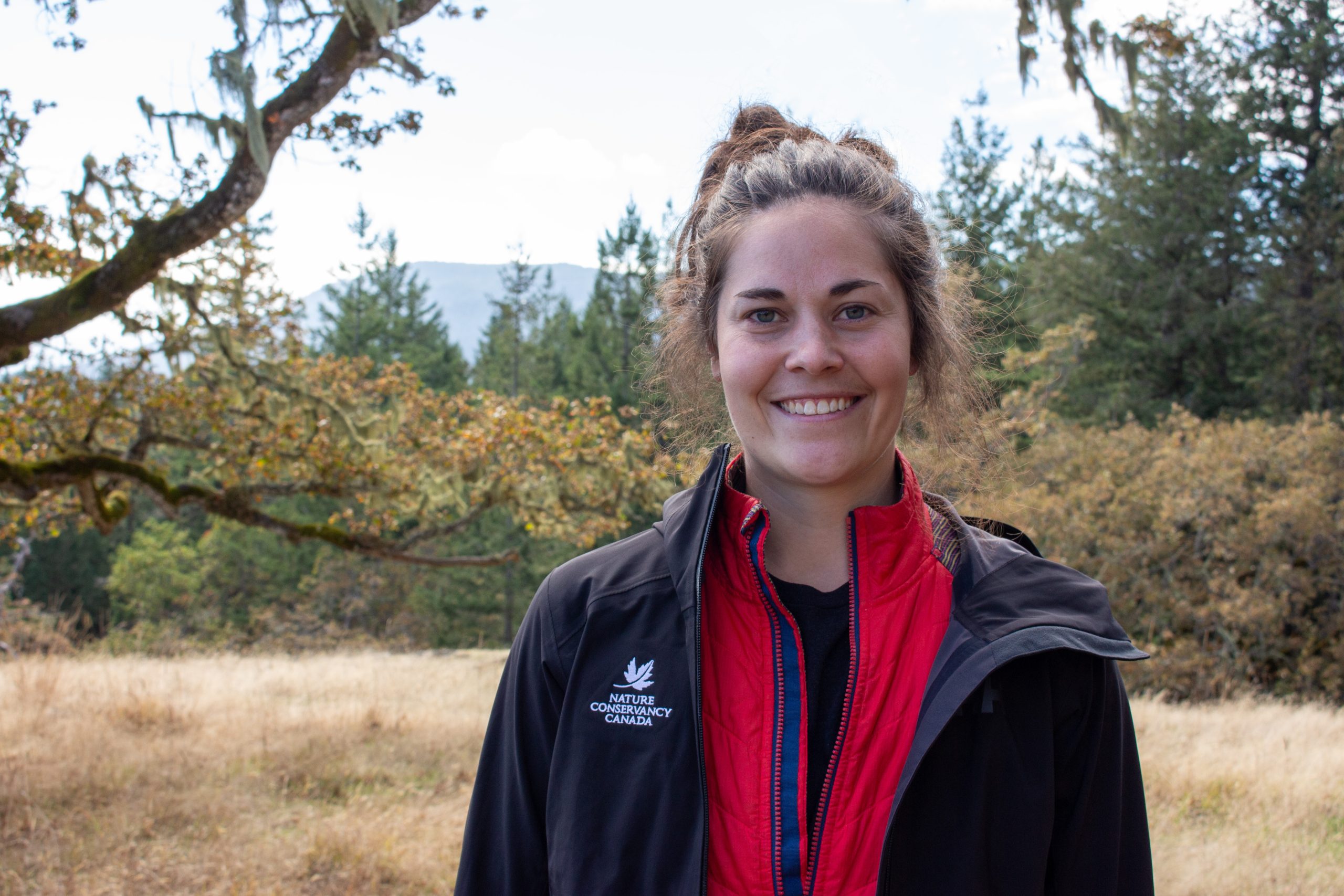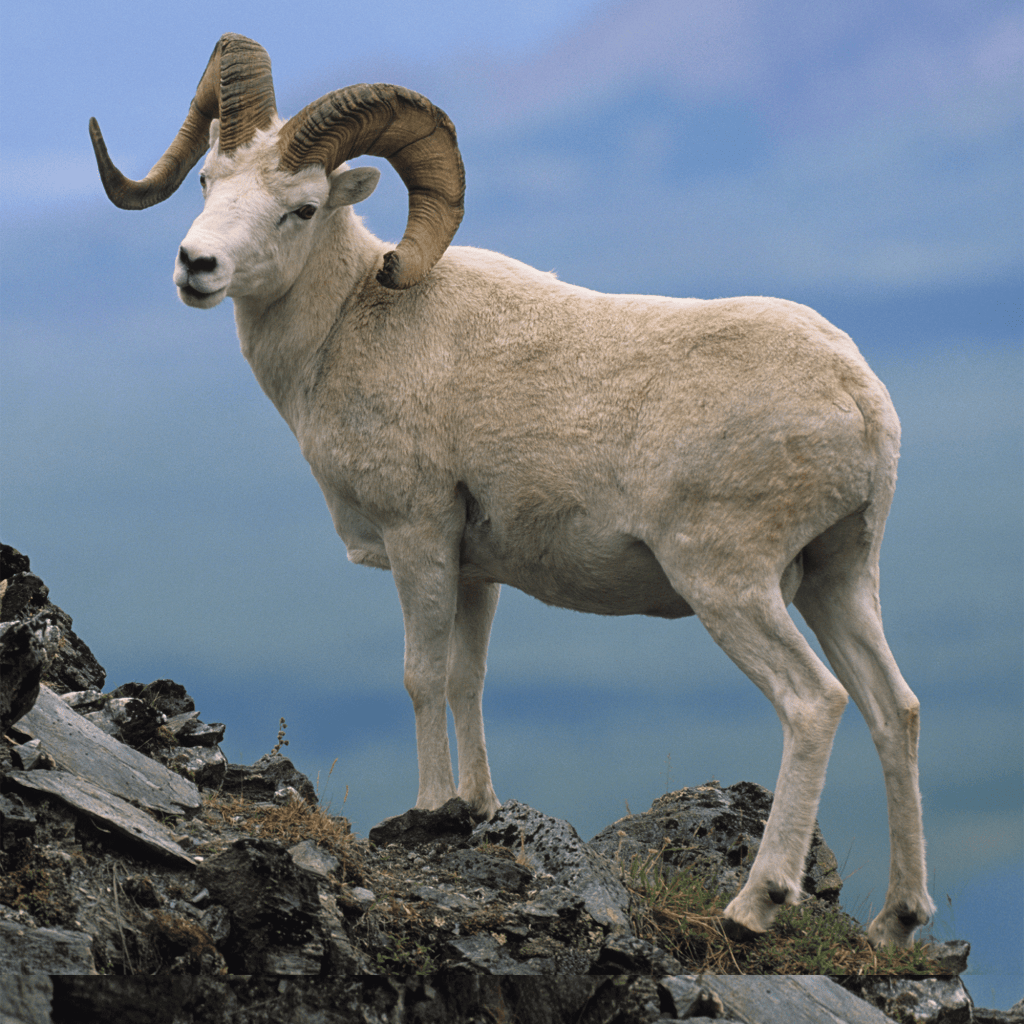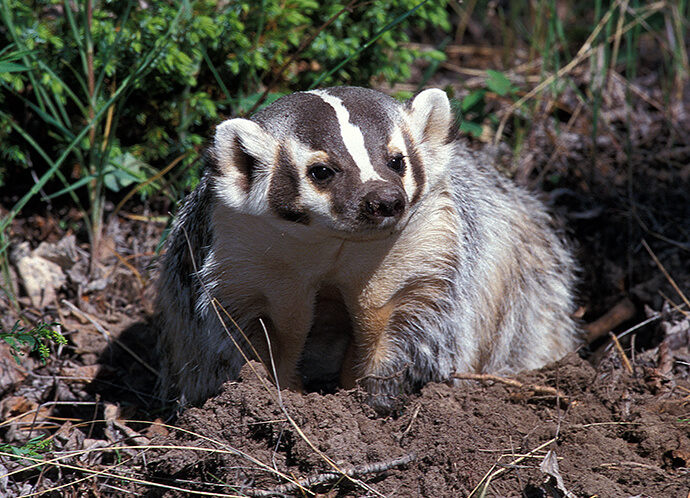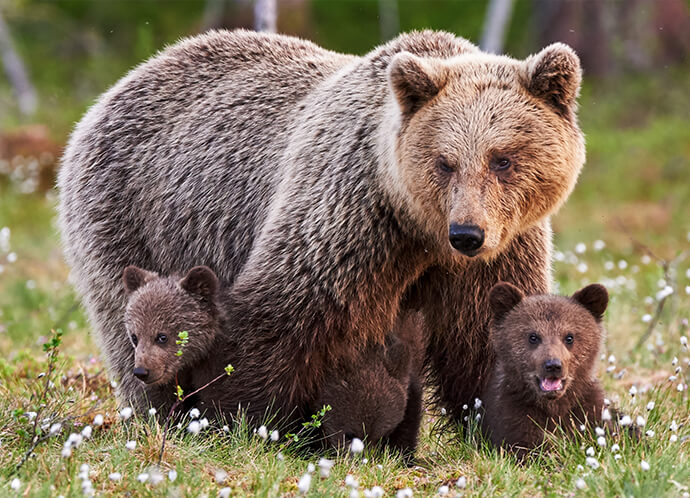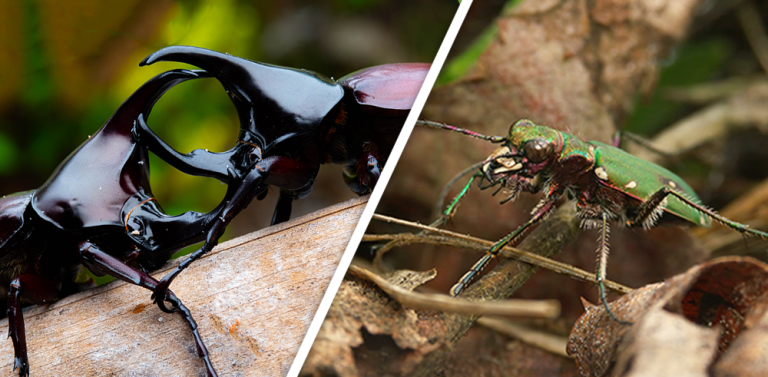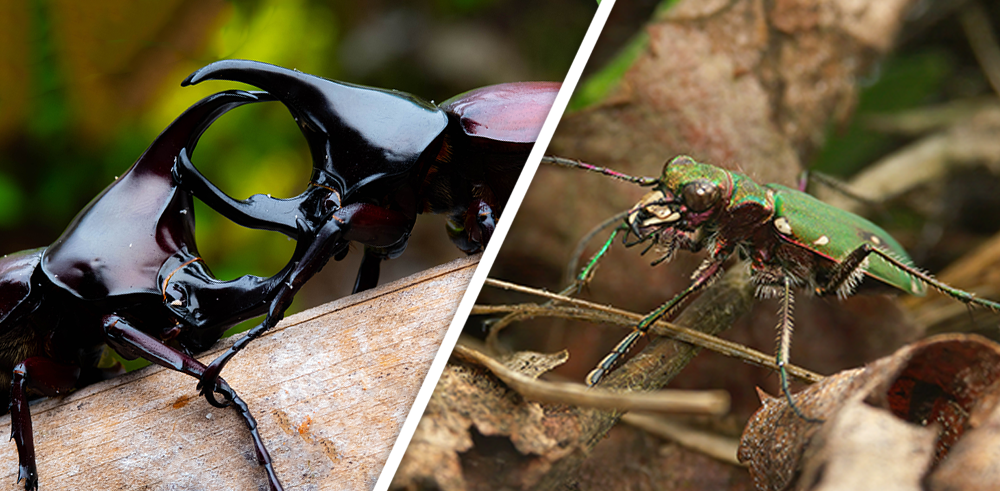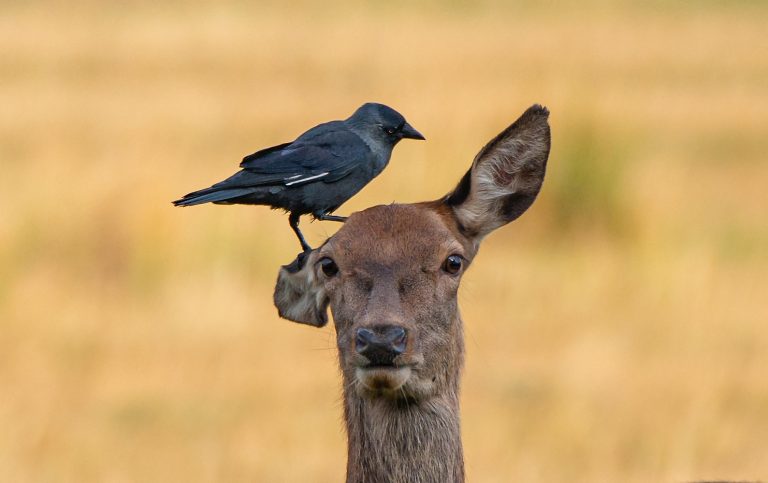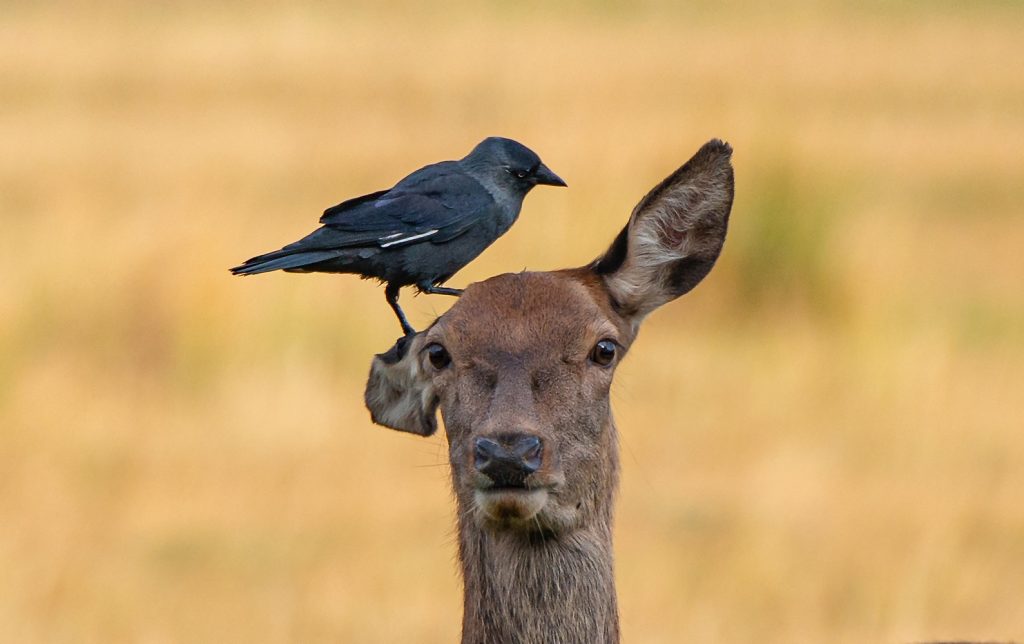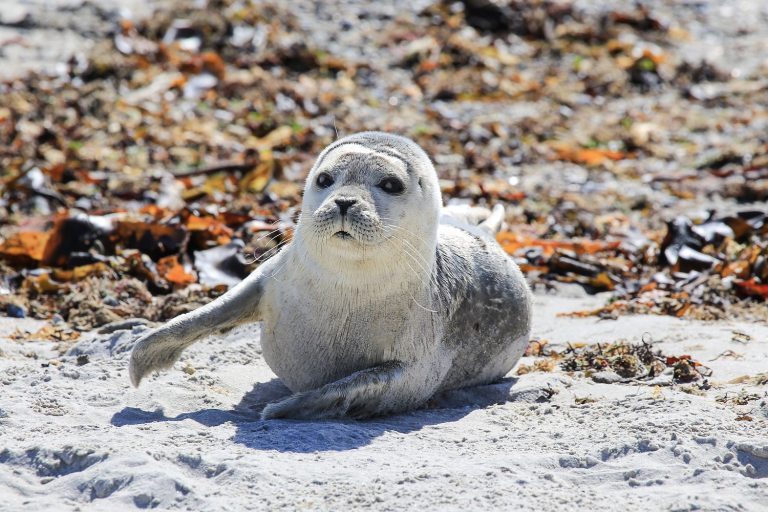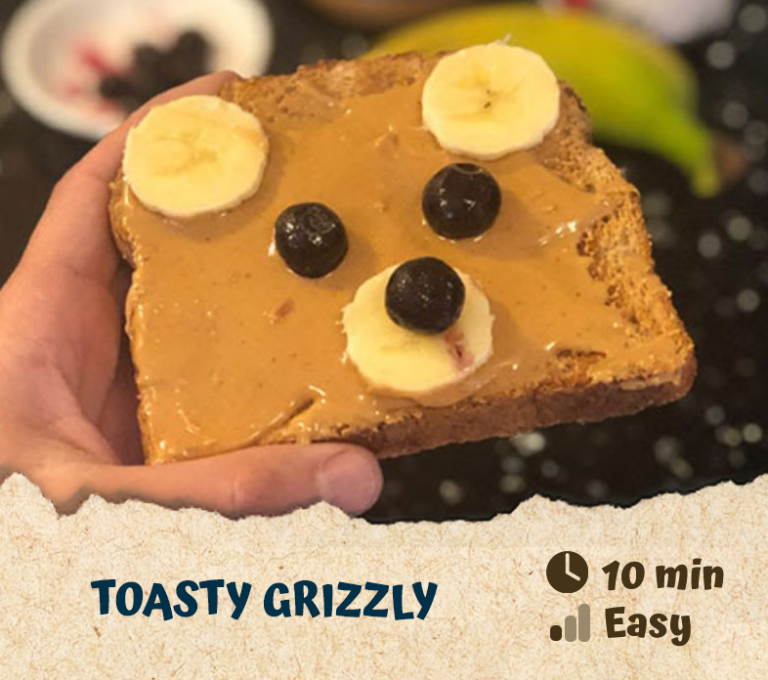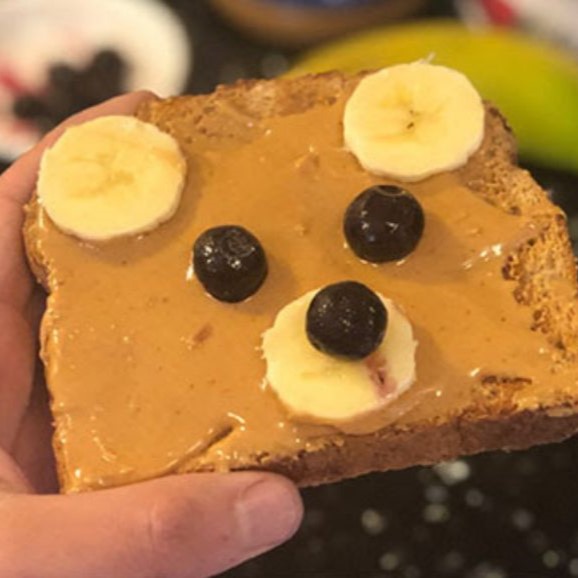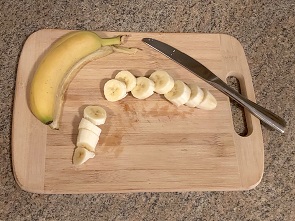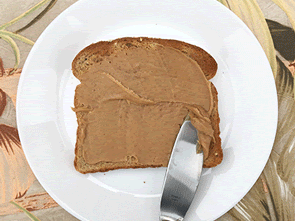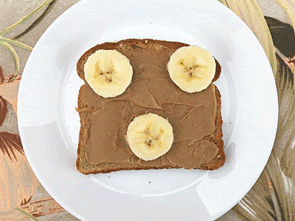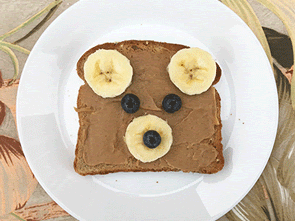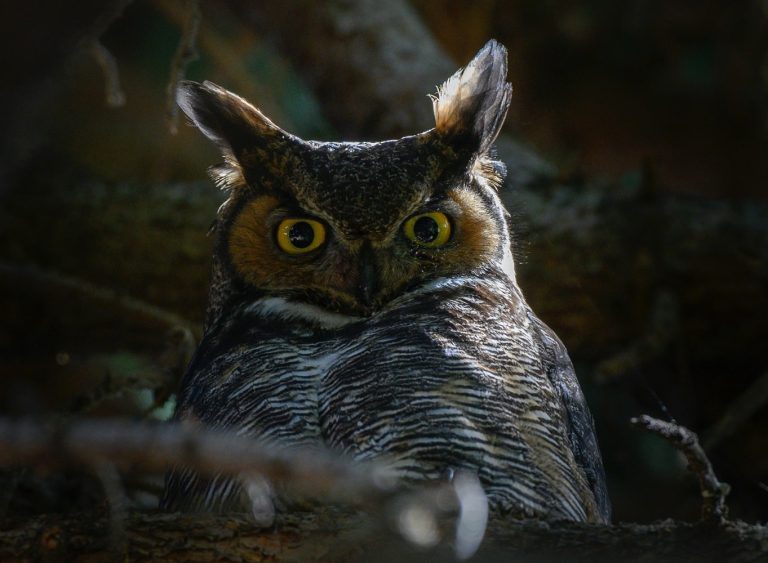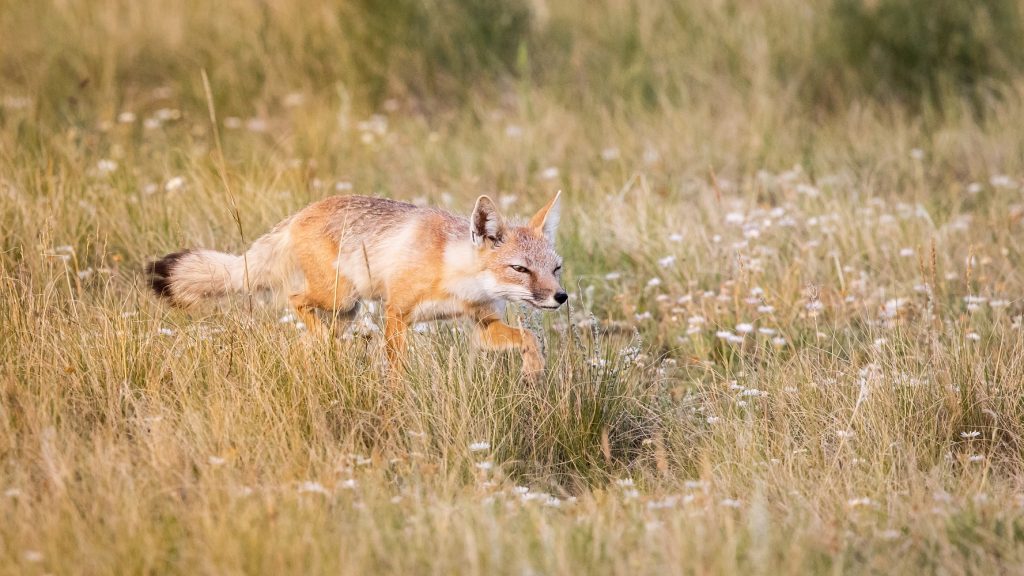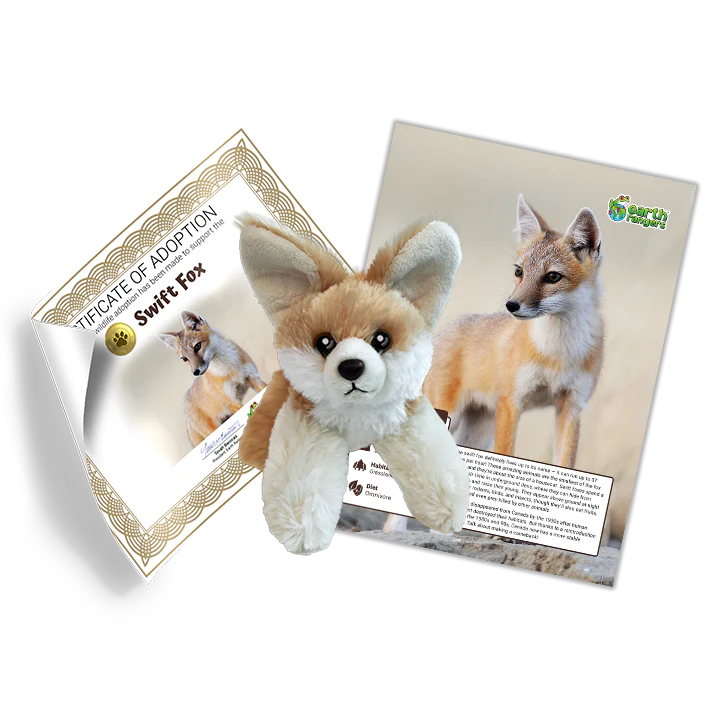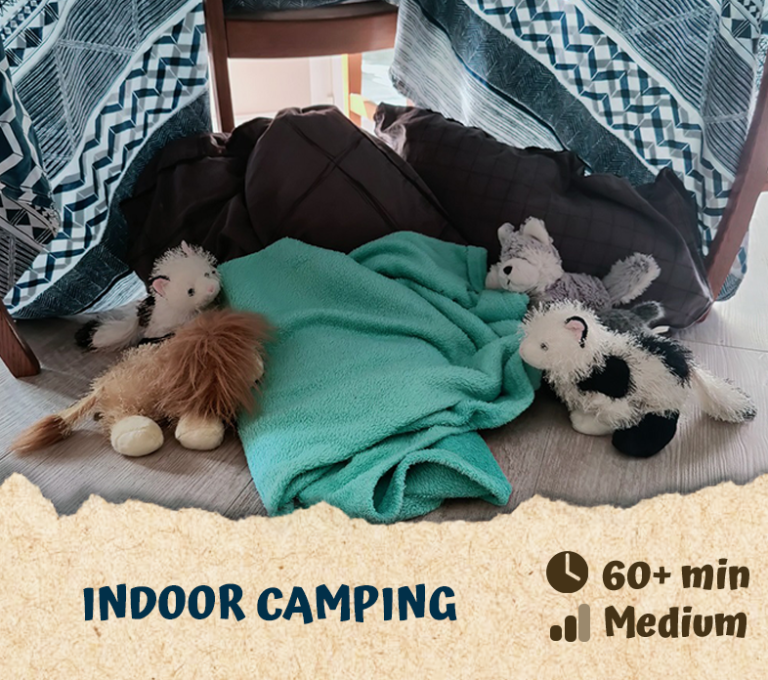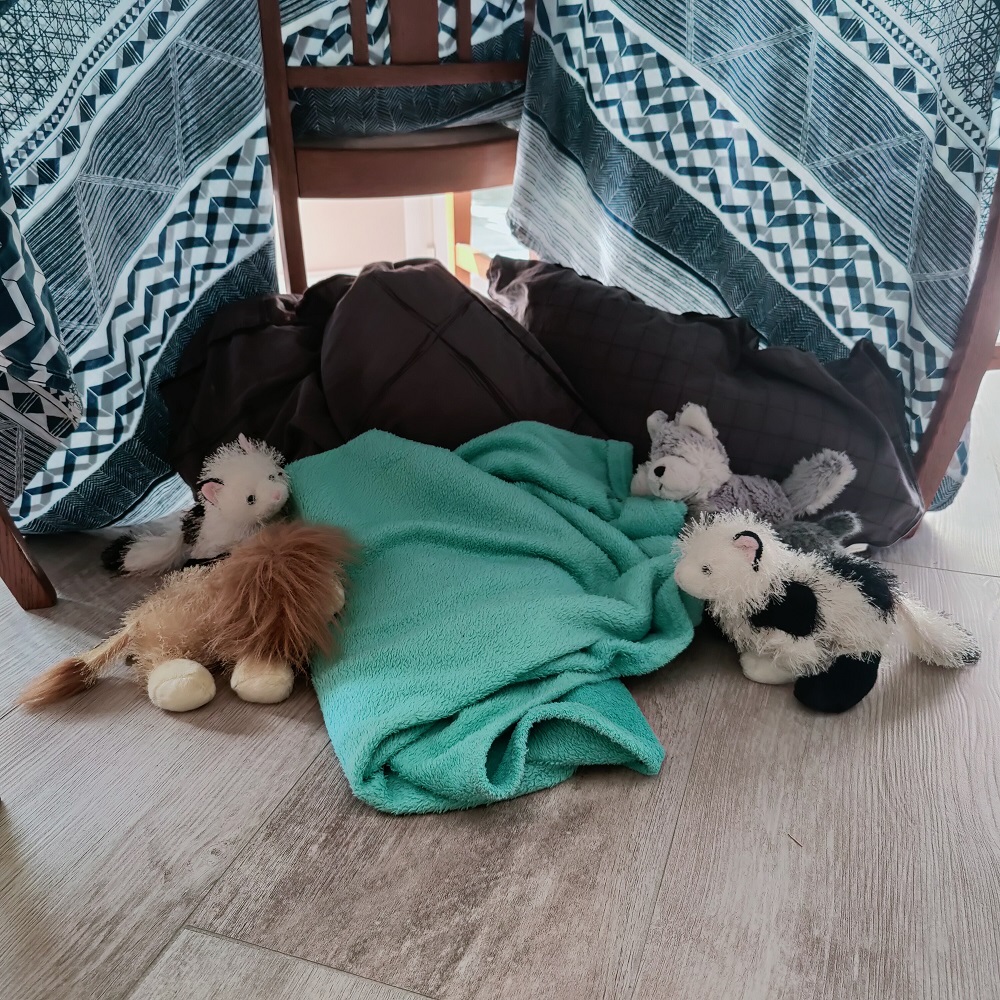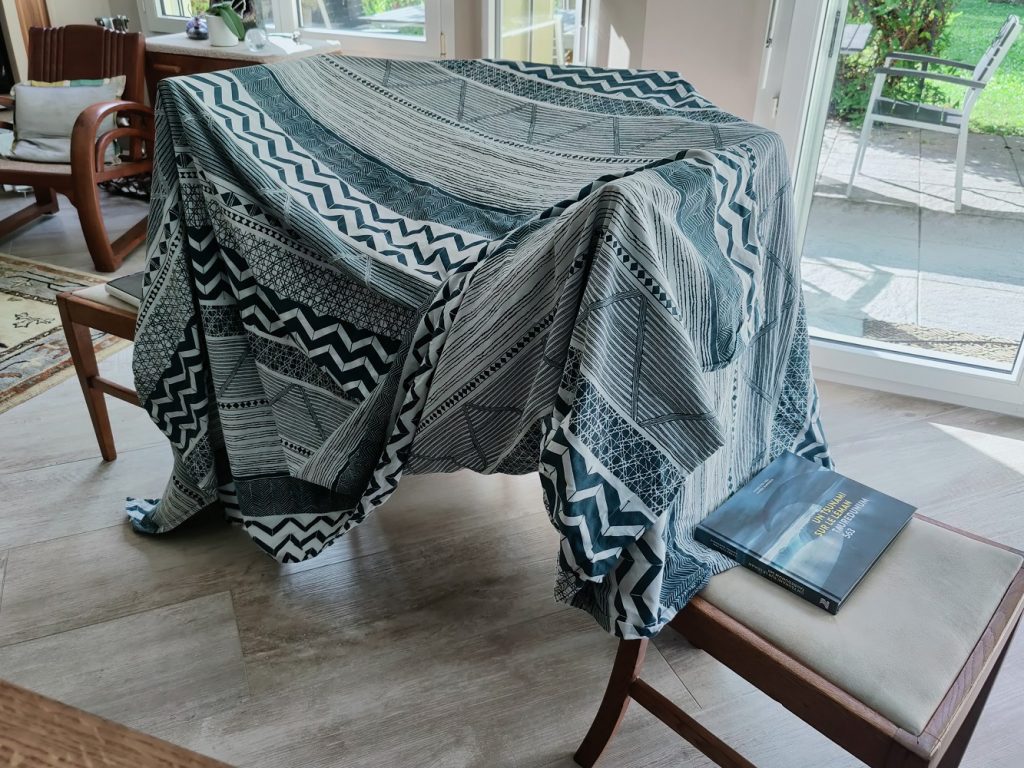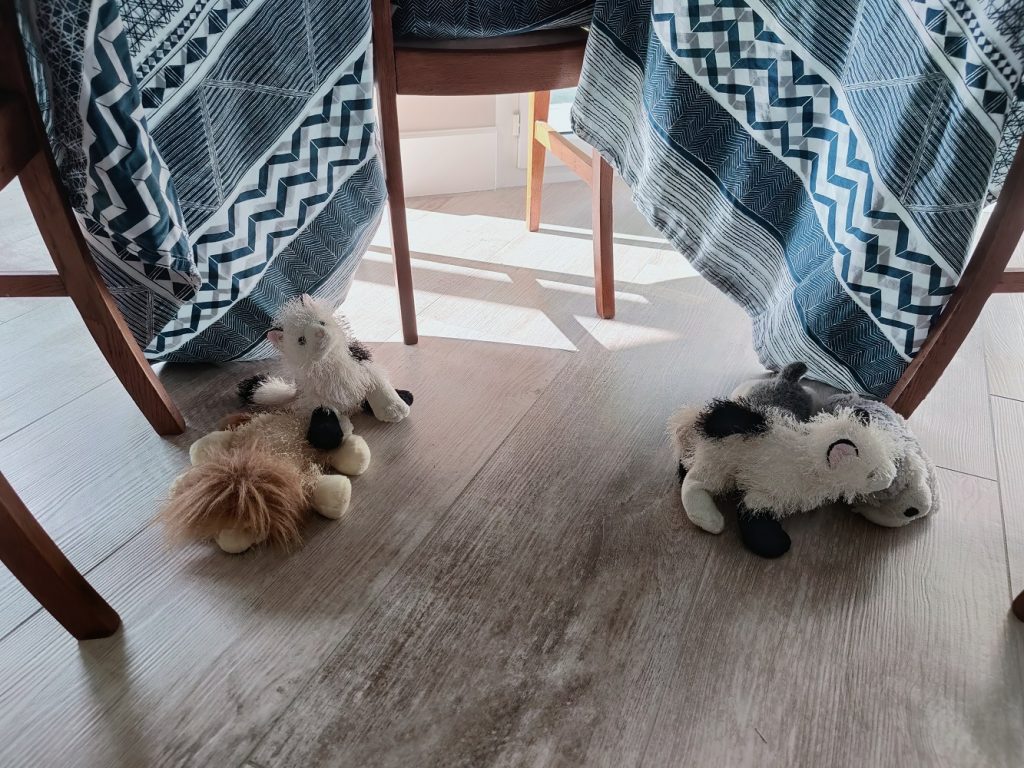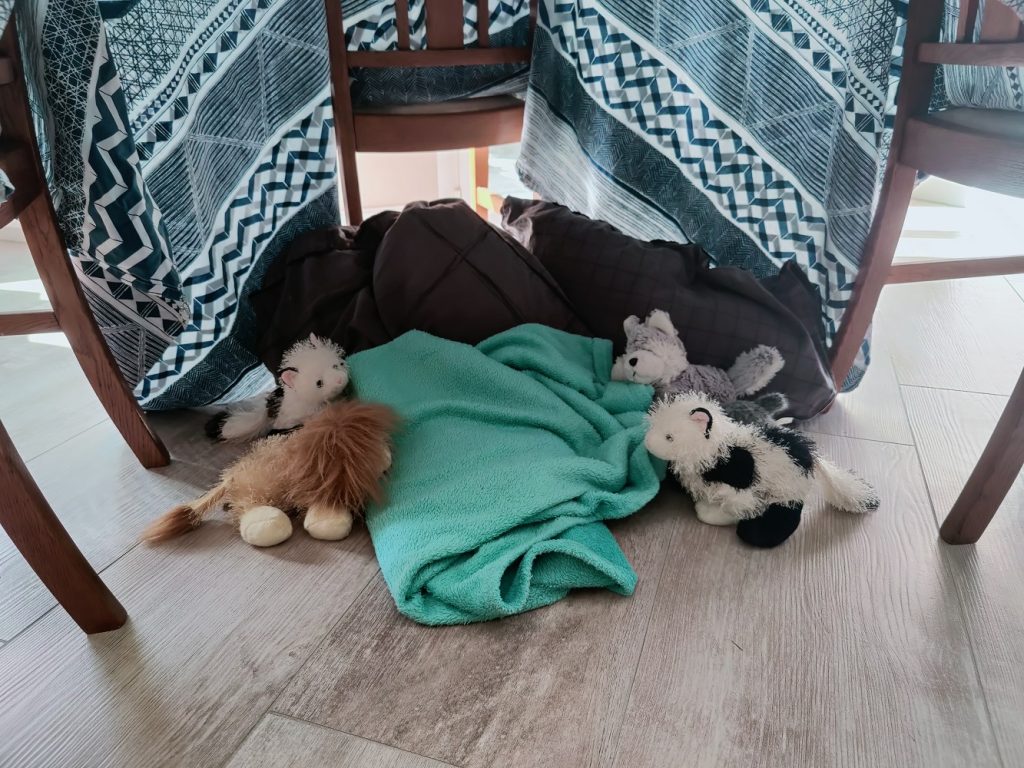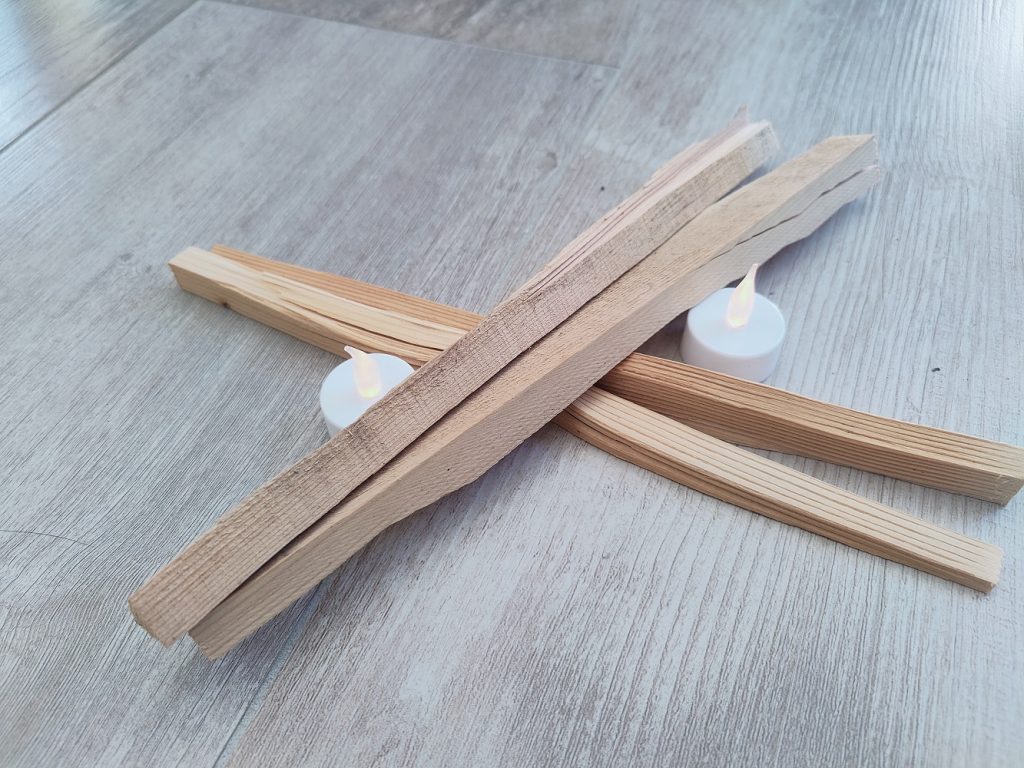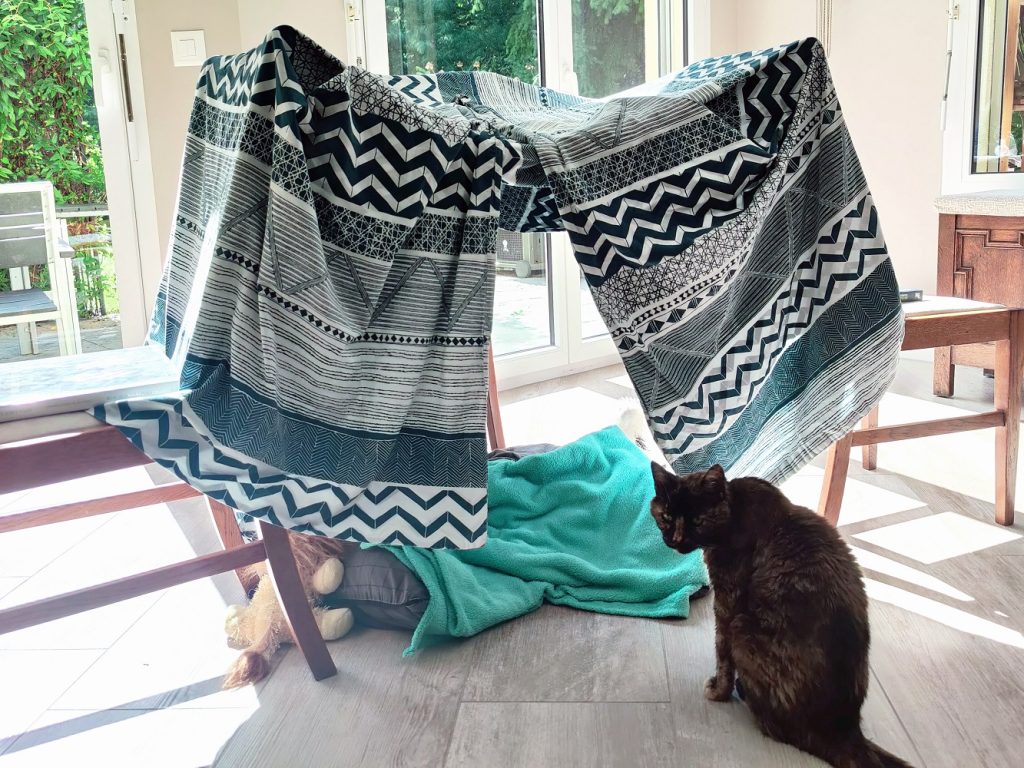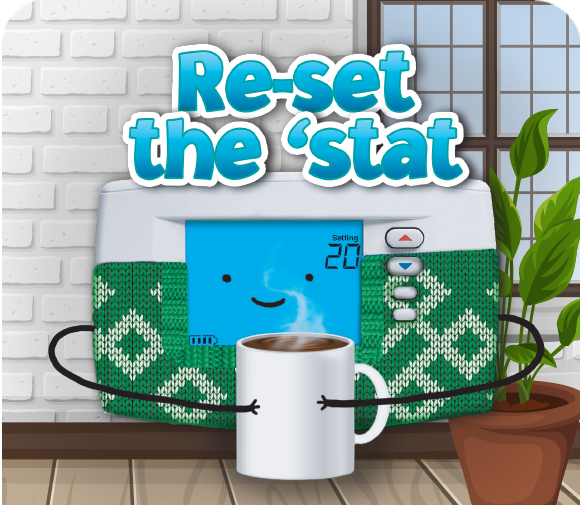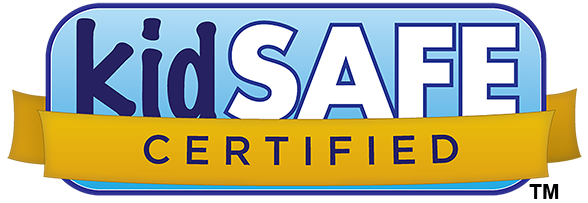Who goes there?!
Oh, it’s you, Earth Rangers! I’m surprised to see you here. You might be wondering what I, Sheriff Pickles, am doing out here in the city. Trying to stop that pesky Single-Use Plastic Gang, of course!
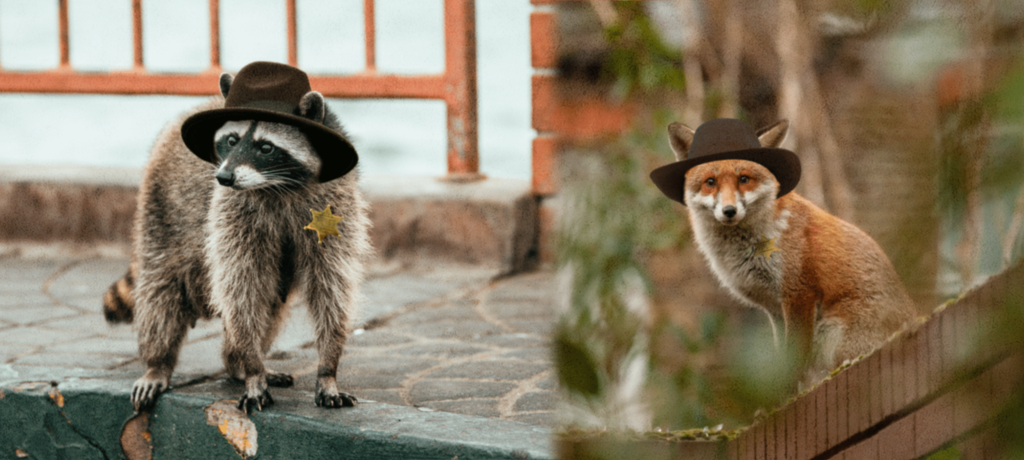
I was called here from the forest by my good friend, Deputy Dipper, who’s charge of protecting city animals from these baddies. There are some new villains on the roster who especially love to invade our city streets. We could really use your help!

Who are these troublesome plastics?
These four baddies can be found anywhere in cities:
• Foul Filter is a plastic found in cigarette filters, which a lot of people throw right on the ground (grrr!).
• The Wrapper is plastic wrap that covers snack foods and other items.
• Glum Gum is a sweet treat that you may know as… chewing gum! That’s right, most chewing gum’s gum base is a mix of plastic and other chemicals.
• Styrofoot is a plastic better known as Styrofoam, found in many products from containers and packaging to building insulation.
These plastics are not our friends. All four of these villains can be easily found littered on sidewalks, under benches or in grass. They might wash away into waterways and travel all the way into the ocean. Animals can also mistake them for food, gobbling them up where it gets stuck in their tummies or makes them sick.
We must stop them!
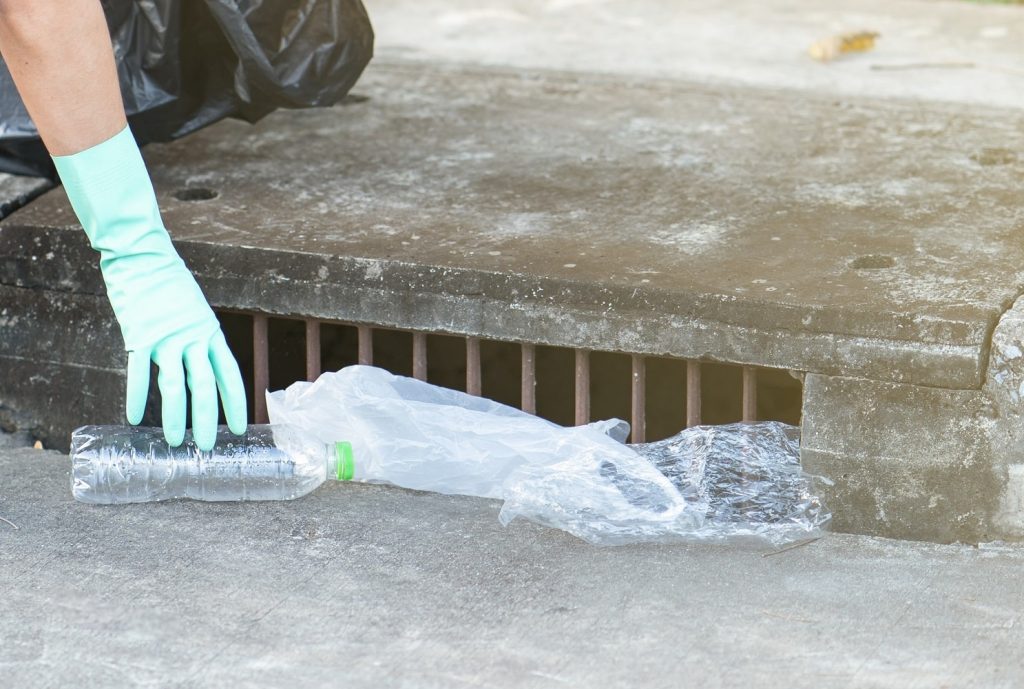
Don’t let Glum Gum and Foul Filter trick you! They are just as bad for your health as they are for animals. Just don’t have them. If you find any of these baddies wandering the streets, pick them up using gloves or a garbage picker and throw them out! You can also fight The Wrapper and Styrofoot at home by using reusable containers instead of single-use plastics to carry food and making sure to properly discard any you find outside.
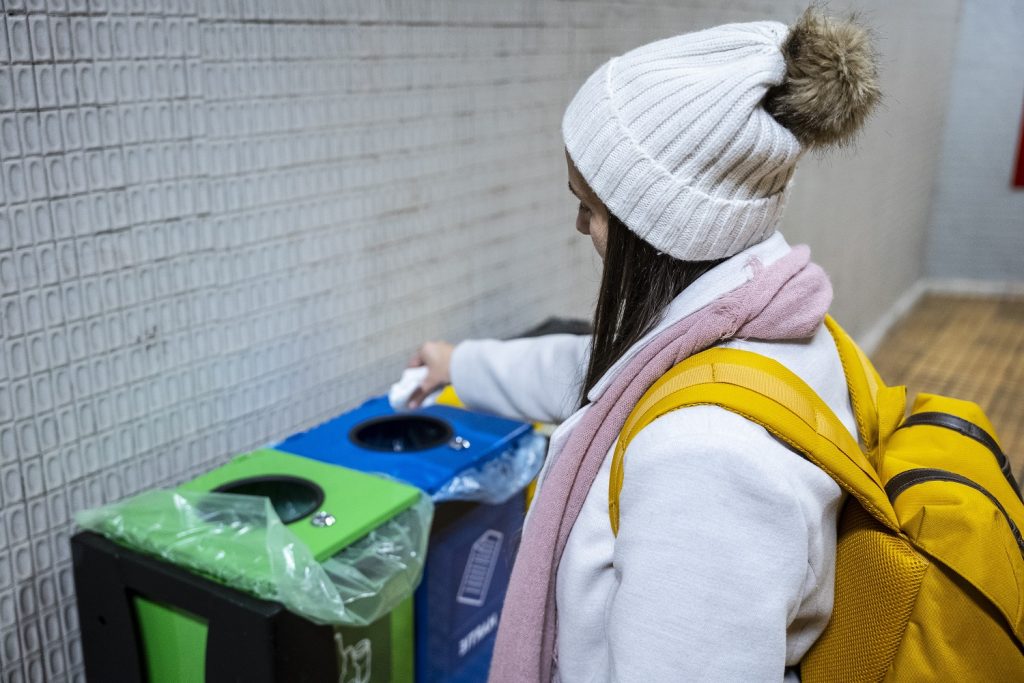
Canada is fighting to ban the usage of plastics like Styrofoot, but we’ve got a long way to go! This is where Deputy Dipper and I need you. Yes, you Earth Rangers can help too to stop these villains! All you need to do to defeat them is stop using them, replace them with reusable products, or make sure they’re disposed of properly.
These are small changes you can do that will make a big difference to us and our animal friends.
Why not start cutting the SUP today?
Check out Sheriff Pickle’s other adventure hunting the Single-Use Plastic Gang here:
Sheriff Pickles and the Plastics
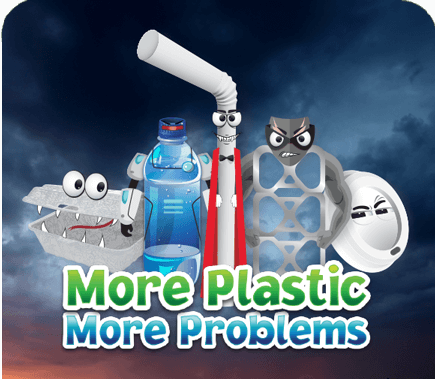
Help Sheriff Pickles stop the entire Single-use Plastic Gang with the More Plastic More Problems Mission! Look for it in the Mission section in the Earth Rangers App!



